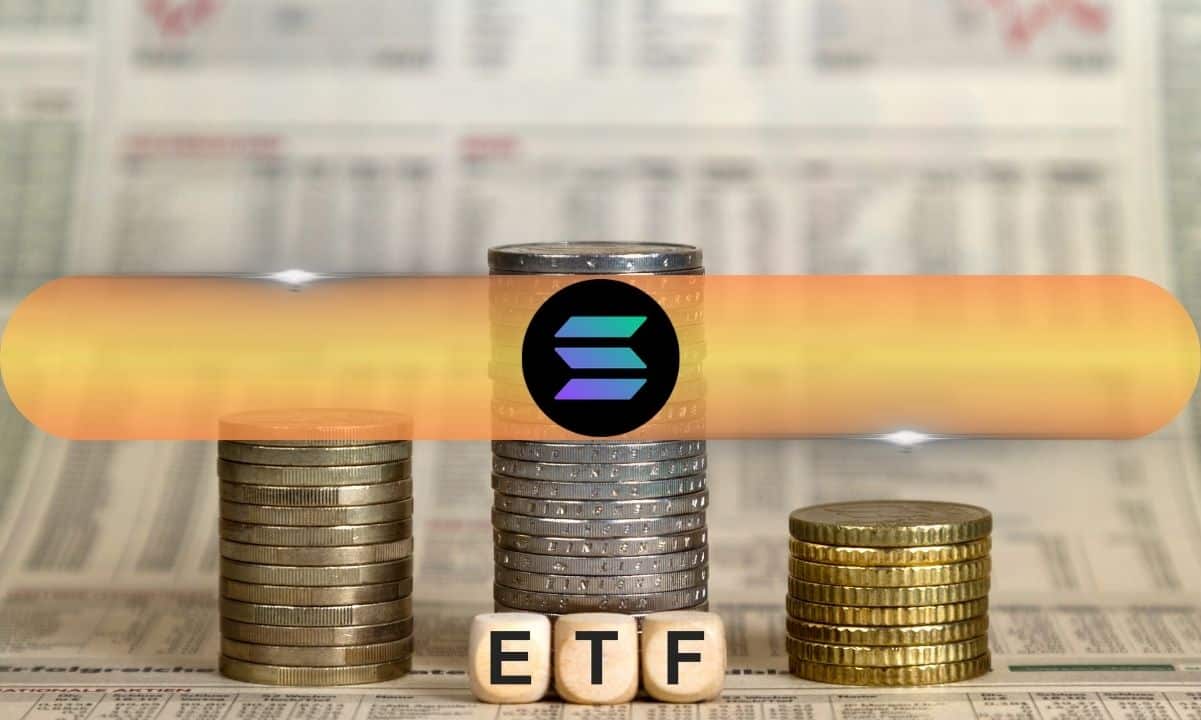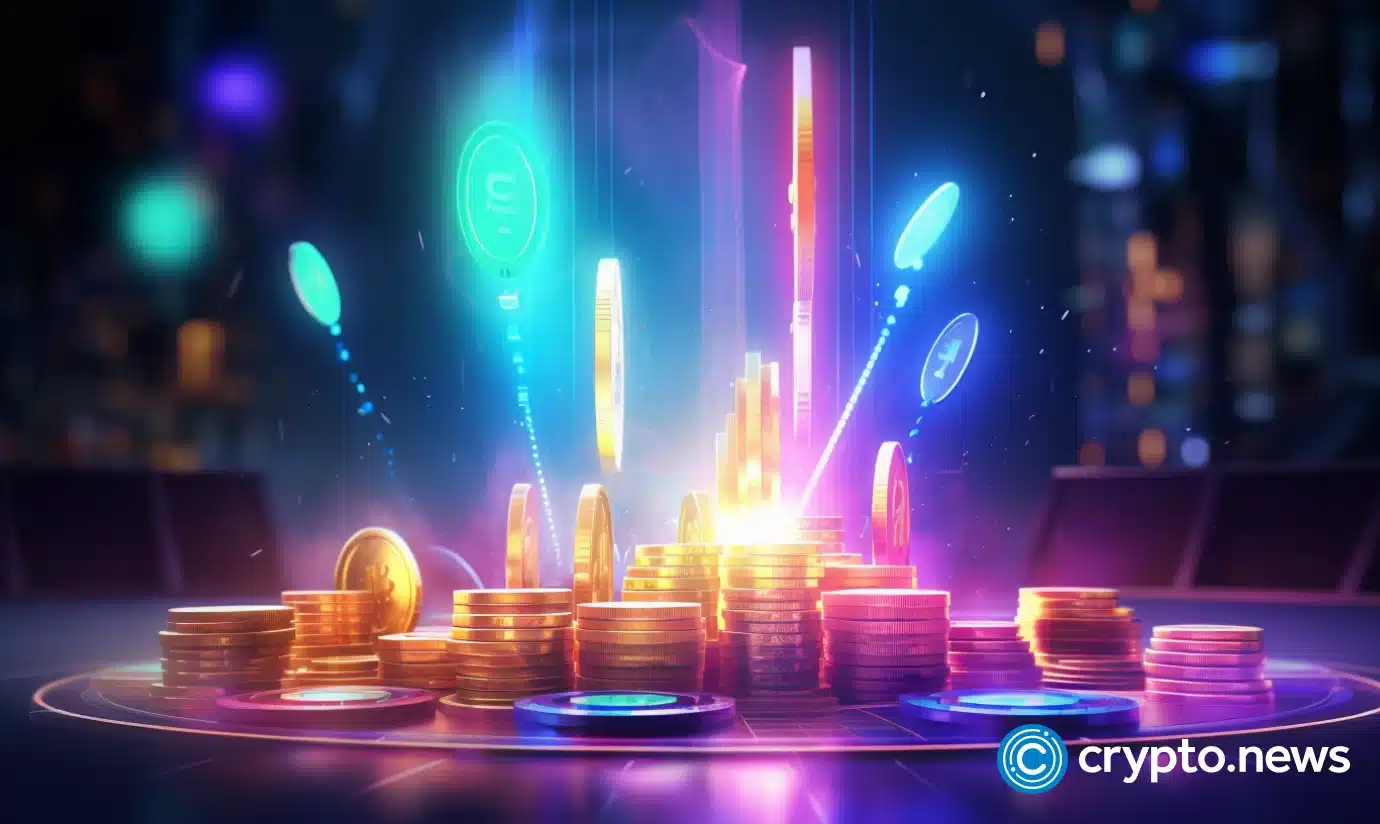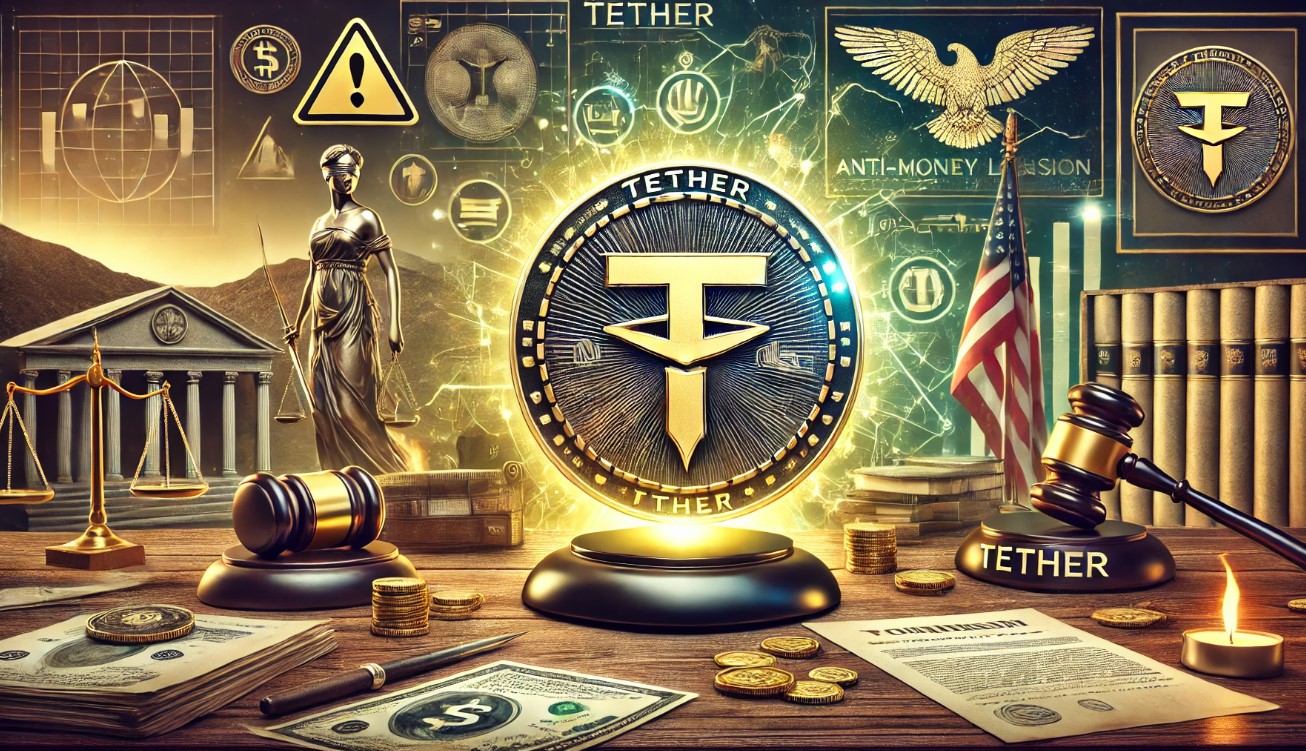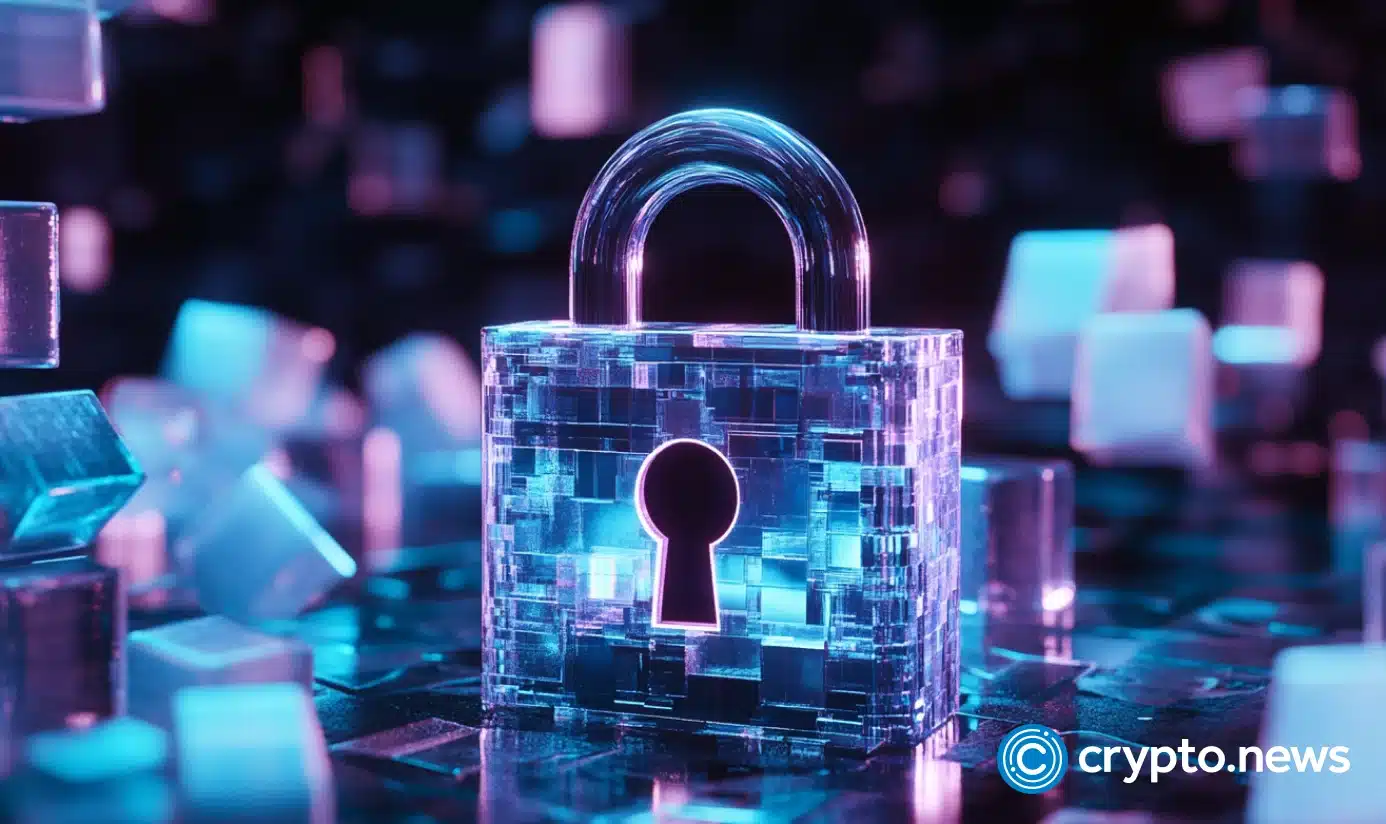Binance and the Delhi Police have dismantled a $100,000 scam, which misled investors with false claims tied to India’s renewable energy initiatives.
Cryptocurrency exchange Binance has teamed up with Indian police to bust a sophisticated scam involving a fraudulent entity dubbed “M/s Goldcoat Solar.” The operation, which falsely claimed ties to India’s renewable energy initiatives, resulted in multiple arrests and the seizure of over $100,000 in Tether’s (USDT) stablecoin, per an Inc42 report on Tuesday, Oct. 15.
The scam centered on deceptive claims that the had received rights from the Ministry of Power to help India expand its solar power capacity to 450 gigawatts by 2030. Promising high returns, the scheme attracted numerous investors by falsely aligning itself with the nation’s renewable energy goals. Binance reported that the fraud gained momentum on social media, where scammers impersonated high-ranking officials and used the names of prominent dignitaries to bolster credibility.
Victims were deceived by fake earnings reports, allegedly from previous investors, which the syndicate used to build trust in the scheme, while investigators discovered that multiple SIM cards had been activated under the identities of unsuspecting individuals to conceal the perpetrators’ true identities. Some of these SIM cards were even sent overseas, adding complexity to the investigation, the report reads.
Funds from victims were funneled through various bank accounts, with some converted into crypto, further complicating tracing efforts. Binance assisted Delhi Police by providing analytical support, helping investigators track the financial transactions involved, the report reads.
This development follows Binance’s recent re-entry into India, where it registered as a reporting entity with the Financial Intelligence Unit as part of ongoing efforts to comply with local regulations amid a crackdown on unregistered crypto platforms.
















 English (US) ·
English (US) ·